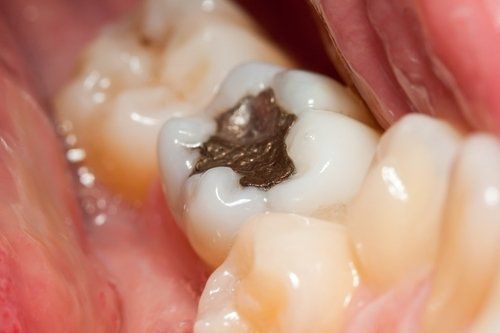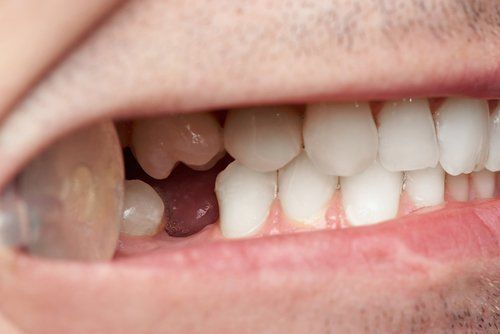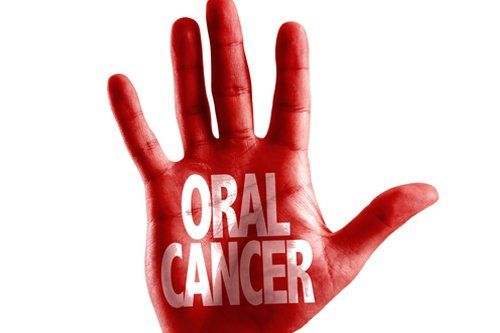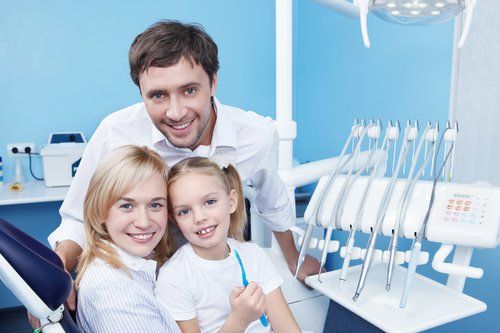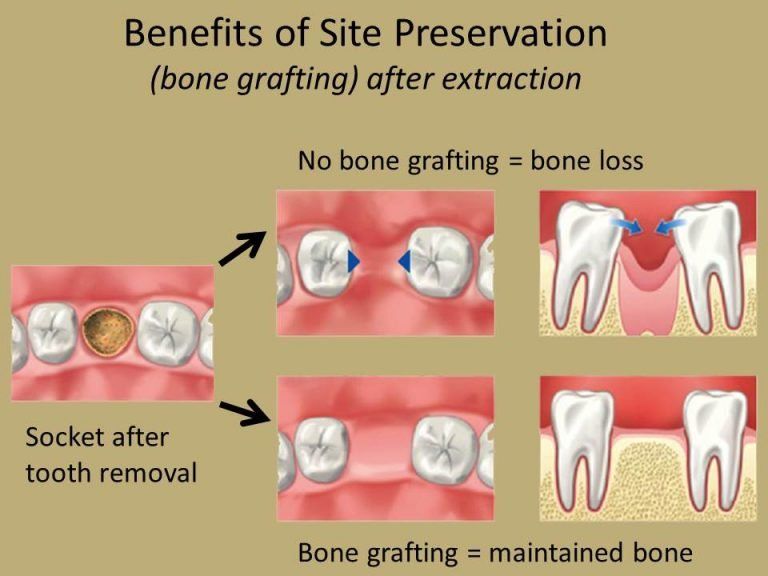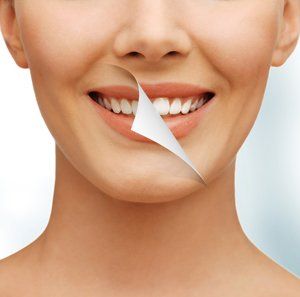What is CPAP Therapy And What Are Alternative Treatments?
Scott • August 31, 2017
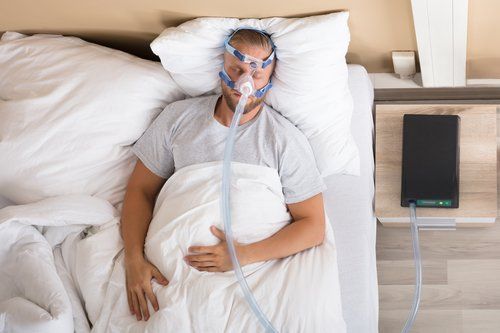
Continuous positive airway pressure therapy, better known as CPAP, is the gold standard of treatment for people suffering from obstructive sleep apnea (OSA). The aim of the therapy is to help a person breathe easily while he or she sleeps. The CPAP machine works by increasing the air pressure in the throat so that the airway doesn’t collapse as the person breathes.
CPAP therapy has been proven effective in treating OSA and snoring. Continuous use of the CPAP machine can lower daytime sleepiness and may even help lower blood pressure for those who have moderate to severe sleep apnea.
Risks of CPAP Therapy
Although CPAP therapy is considered an effective treatment for sleep apnea, it also comes with some risks. These include:
- Dry nose
- Sore throat
- Excessive dreaming
- Nightmares
- Eye and facial skin irritation
- Nasal congestion
- Abdominal bloating
- And rarely, nose bleeding
Some CPAP machine users have also complained of mild discomfort when they wake up in the morning, especially in the first few weeks of therapy.
CPAP Alternatives
For patients who cannot or are unable to tolerate this form of therapy, there are other FDA-approved alternatives that you can consider:
1. Oral Appliances
Oral appliance therapy is recommended for those suffering from mild to moderate OSA. It helps keep the soft tissues and tongue from collapsing in the back of the throat by supporting the jaw in a forward position so that the airway will stay open as the person sleeps. The most common dental appliances used today are Mandibular advancement devices (MADs) and Tongue Retaining Mouthpieces.
2. Positional Therapy
Positional therapy, which uses devices like Night Shift, works by prompting a change in sleep position to achieve optimal breathing. It’s often used in combination with oral appliance therapy or CPAP to improve outcomes.
3. In-Office Procedures
Procedures like the Pillar Procedure and Symnoplasty are also gaining popularity among sleep apnea sufferers. The Pillar Procedure works by decreasing the flutter in the soft palate. With this treatment, the doctor will place small woven inserts into the soft palate. Symnoplasty, on the other hand, is a slightly invasive surgical technology that utilizes radio-frequency current to lower the volume of the soft tissues at the back of the throat.
4. Surgery
Surgical procedures to treat severe sleep apnea include uvulopalatopharyngoplasty and bariatric surgery. These options are only considered if other forms of treatment have failed. Surgery should only be a last resort, as it comes with more risks compared to all the other options listed here.
Obstructive sleep apnea not only affects your sleep but can also impact your overall health. Sleep is necessary for the repair of cells, tissues and the different organs in the body. Untreated sleep apnea leads to heart disease, arrhythmia, heart attack, stroke and elevated blood pressure. If you suspect that you or a loved one is suffering from this sleep disorder, you should see a medical professional so you can be evaluated and treated. Dental devices are usually the first line of treatment for sleep apnea and we would be happy to discuss your options with you.


